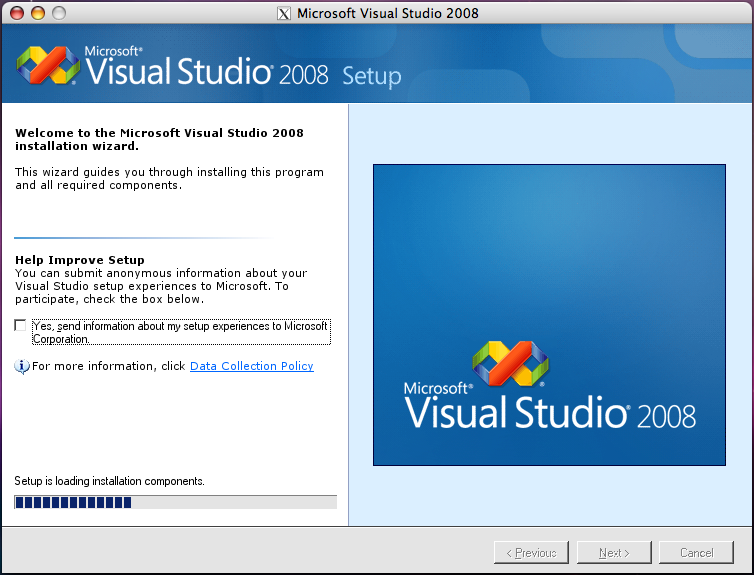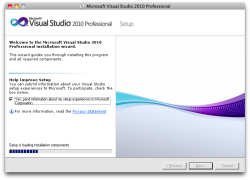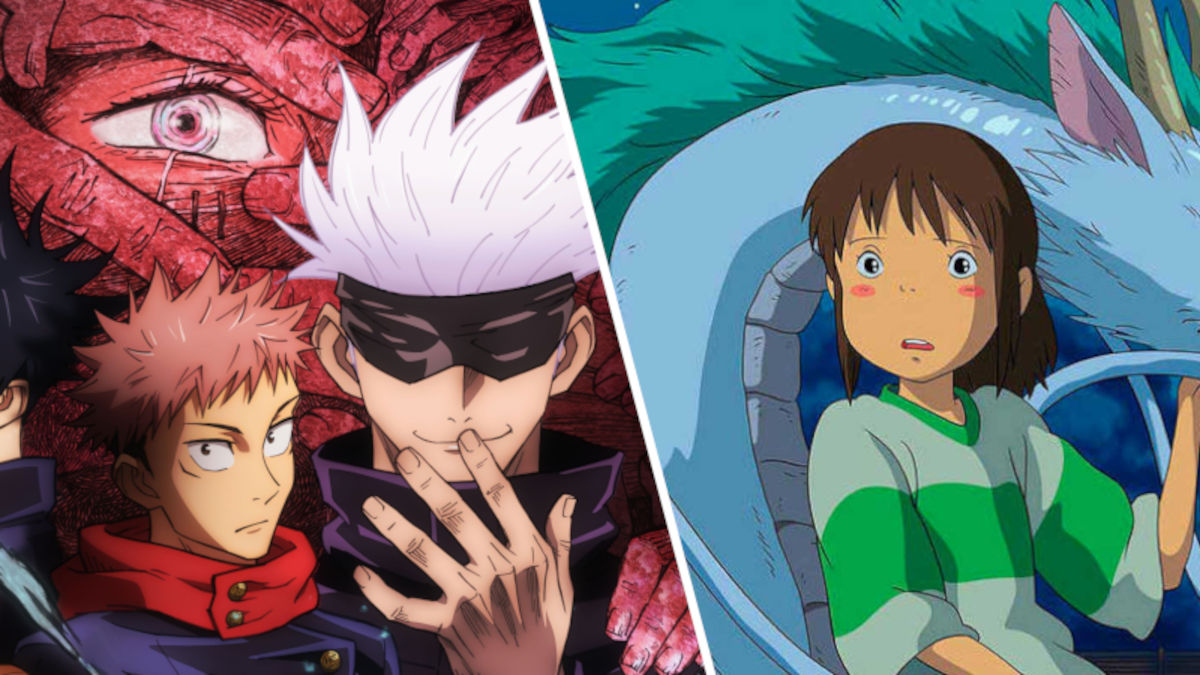Peter Gabriel is a pop enigma. For a guy with so many ubiquitous hits, he’s never even pretended to play ball with radio. And his occasional brushes with the mainstream? Mostly accidental: “Sledgehammer,” the British singer-songwriter-producer’s global smash single, was an Otis Redding homage recorded as a post-session afterthought; that track’s iconic stop-motion music video defined the entire MTV era, even though it’s one of the most surreal, subversive items in the American pop-culture time-capsule.
Unlike almost every other mega-star, Gabriel seems to be motivated solely by artistic passion, with no apparent willingness to compromise for the sake of commerce. He creates music constantly, but releases tangible proof at a snail’s pace. We Gabriel-heads know the drill: It isn’t unusual to wait an entire decade between studio albums. 1992’s Us arrived six painfully long years after his masterful commercial break-out, So; meanwhile, I/O, his long-awaited sequel to 2002’s Up, has been teased and postponed so many times, it’s something of an urban legend — the SMiLE (or perhaps the Chinese Democracy) of art-rock. Yes, being a fanatic of this man’s work is emotionally taxing. But even the man’s misfires (like 2010’s Scratch My Back) harness a radiant earnestness, daring us not to be dazzled by the sheer scope of his vision. When Peter Gabriel bothers to release a piece of music, it’s clear he’s maximizing every fiber of his artistic being.
“I was feeling part of the scenery,” Gabriel once sang on “Solsbury Hill,” a triumphant romp from his 1977 self-titled debut, “I walked right out of the machinery.” And he’s built his entire career on that principle, consistently reinventing his own creative wheel. No two Peter Gabriel albums sound alike — just compare the sinister minimalism of 1980’s Melt with the densely layered sprawl of Up.
During his early run as frontman for prog-rock legends Genesis, Gabriel was notorious for performing in outlandish costumes, using bizarre characters as a vehicle for his schizophrenic storytelling. And even though he doesn’t dress up as flowers or sexy foxes anymore, he hasn’t stopped chasing that same cinematic grandeur. Gabriel’s music thinks as big as it sounds.
Attempting to rank the maestro’s catalog comes with a host of hair-splitting conundrums. What’s a proper studio album in the first place? You can’t ignore Passion, Gabriel’s mind-blowing soundtrack to Martin Scorsese’s The Last Temptation Of Christ. But if film scores are in-bounds, then what about 2000’s scattershot OVO? What about Birdy and Long Walk Home? What about the often overlooked Big Blue Ball (technically a collaborative album that only feels like a proper Gabriel album)? These are tricky questions with debatable answers. (Even Gabriel’s B-sides are worth exploring — the funky, immersive “Don’t Break This Rhythm” should have been a hit single.)
- Welcome to thisDaveJ.com, home of the LTM (Learning through Making) tutorials and tech articles on various topics including Node.js, IoT, and Raspberry Pi. Most Recent Using jq and curl to Wrangle JSON Arrays from the Terminal Web Scraping with Google Sheets: The Definitive Guide Three Ways to Build Dynamic Web APIs using PHP Fetching, Filtering, and Sorting JSON APIs in Google Sheets: The.
- 07th Theater(07thシアター,07th Theater) is a crossover visual novel series released by 07th Expansion at their 07th Expansion Party events. It features characters from Higurashi no Naku Koro ni, Umineko no Naku Koro ni, Higanbana no Saku Yoru ni, and Rose Guns Days playing games and interacting. One 07th Theater entry was released at 07th Party 2 and 07th Party 3 each. The entire series.
- Visual Studio Code for Mac. Related Software. Intel XDK for Mac. Intel XDK for Mac is a cross platform development environment which lets you create mobile.
- For the mid/woofer crossover there are 4 octaves between 200-3.2k Hz, 200-400-800-1600-3200. 800 Hz is the middle frequency, with 2 octaves flat in either direction. For the tweeter/mid crossover, there are only 1 octaves, 2000-4000. 3k Hz is the crossover point with 1/2 octave stable in either direction.
Culture Crossover: Sea Things by Sam Jacob Studio. The approach excludes the subject matter from the analysis and instead focuses entirely on the 'visual schema' of the work and thereby.
Ultimately, we went with the 10 most essential Gabriel albums and ranked them — from least awesome to most awesome. It was a tedious and painful process. Tell us what we overhyped and underrated in the comments section. (And try not to break our Big Blue Balls.)
10
10. Scratch My Back (2010)
Scratch My Back was ultimately a wasted opportunity. The premise was charming enough: Gabriel would cover some of his favorite songs with the help of an orchestra; in return, each covered artist would return the favor (or 'scratch Gabriel's back,' so to speak) by covering one of his songs. Though a few artists did pay their due respects (including Bon Iver's Justin Vernon, with his spirited take on 'Come Talk To Me'), the 'I'll Scratch Yours' sequel was mostly a wash-out. Meanwhile, Scratch My Back is Gabriel's patchiest, fussiest album to date: John Metcalfe's splendid orchestral arrangements often don't fit the material (as in the lethargic rendition of Paul Simon's 'The Boy In The Bubble'), and the plodding, drunken stalker take on Radiohead's 'Street Spirit' is arguably the low point in Gabriel's entire catalog. All told, Scratch My Back is a noble yet unsatisfying experience.
099. New Blood (2011)
After the slightly botched experiment that was Scratch My Back, Gabriel wasted no time plotting his next move — no one wanted to cover his songs, so he decided to do it himself. Armed with a well-rehearsed orchestra (and arranger John Metcalfe), he measured his entire body of work, re-interpreting 14 of his most malleable tracks. Fortunately, Gabriel steered clear of his greatest hits, working with the material best suited for an orchestral facelift. 'San Jacinto' (already one of his most masterful songs) is startlingly emotional here, building to a seismic climax; 'Downside Up' (featuring a lovely vocal turn from Gabriel's daughter, Melanie) is transformed from new-age goop to moody epic. The low-point is a steroidal take on 'Don't Give Up,' which is marred by Ane Brun's obtrusive vibrato.
088. Up (2002)
A full decade separates Up from Us, its 1992 predecessor, but the two albums are cut from a similar stylistic cloth. Up is defined by its lush, lavish arrangements and heady lyrical themes, featuring the skills of Gabriel's usual studio crew (bassist Tony Levin, guitarist David Rhodes, drummer Manu Katche), along with a talented army of session players from across the globe. But where Us occasionally felt over-produced, Up is dense with purpose. 'Darkness' (one of many tracks stretching out to seven minutes) balances preciousness with aggression, as grand orchestrations counter-act distorted electronic loops; 'My Head Sounds Like That' is a textural triumph, Gabriel's sandpaper growl layered over dewy piano and brass. Up isn't Gabriel's most immediate album, but it's one of his most rewarding.
077. Car (1977)
Peter Gabriel's first self-titled album served as his creative exodus from Genesis (no pun intended ... OK, kinda). It's a purposefully eclectic, anything-flies approach to songcraft, venturing from hard-hitting rock ('Modern Love') to quirky art-rock (the vastly underrated 'Moribund The Burgermeister') to pastoral folk-pop (the lovely 'Solsbury Hill,' which serves as a thinly veiled kiss-off to his former band) to, umm, barbershop quartet crooning ('Excuse Me'). No other Gabriel album is quite so gleefully absurd. Unfortunately, the album's second half is tedious and overwrought, particularly the crawling blues of 'Waiting For The Big One' and the thickly orchestrated 'Here Comes the Flood' (which later appeared with a more subtle, stark arrangement on Robert Fripp's 1979 album, Exposure). Overall, Car is a fascinating — if frustrating — first chapter.
06
6. Scratch (1978)
With the genre-hopping quirkiness of Car, Gabriel proved his artistic worth outside of Genesis. But that eclecticism often felt like restless muscle-flexing, as if he were simply trying out every whimsical impulse just to see what stuck. His sophomore effort is just as bizarre — venturing from the elastic 5/4 prog of 'D.I.Y.' to the tender piano balladry of 'Mother Of Violence' to the abstract funkiness of 'A Wonderful Day In A One-Way World.' But this album feels cohesive in a way Car didn't: The icy, introverted production (courtesy of King Crimson's Robert Fripp) gives the album a warped sonic glue. Gabriel never made another album like this one — his vocals sound both sedated and scrappy, a far cry from the gravelly perfectionism he'd display on subsequent albums. It's a difficult album in every sense of the word, but also a worthy investment.
055. Passion (1989)
While all of Gabriel's film soundtracks (Birdy, Long Walk Home, OVO) offer the occasional moment of textural transcendence, they're mostly skippable for the casual fan. Passion, meanwhile, is absolutely essential. It's the rare instrumental score that loses none of its cinematic grandeur once removed from its visual counterpart (in this case, Martin Scorsese's controversial Jesus epic, The Last Temptation of Christ). Gabriel recruited musicians from Africa, South Asia, and the Middle East (most notably Senegalese vocalist Youssou N'Dour and Indian violist L. Shankar), using their disparate talents to assemble exotic, colorful tapestries. Menacing synthesizers and pounding drums rub elbows with surdos, duoudouks, and tablas; Gabriel's voice is almost entirely absent, but his presence is vibrant.
 04
044. Us (1992)
Instead of capitalizing on the commercial success of 1986's So, Gabriel virtually vanished from the spotlight. And after an incredibly long six years, he finally delivered a proper follow-up with the Daniel Lanois-produced Us, his most densely layered and sonically challenging album. The highlights are spellbinding—from the soothing balladry of 'Blood Of Eden' to the psycho-therapy art-rock of 'Digging In The Dirt.' Even the quirkiest, most pop-oriented tracks (like 'Steam,' a ham-fisted 'Sledgehammer' re-write) are self-consciously maximalist, littered with electronic ripples and wide-screen percussion. On occasion, though, those lush soundscapes mask sub-par tunes: 'Kiss That Frog' is the low-point in the entire Gabriel catalog, boasting a cringe-worthy blow-job metaphor and a tired soul-rock groove.
033. Security (1982)


Security is the most underrated album in a vastly underrated catalog. And that's understandable: This is Gabriel's least melodic album, offering some of his most peculiar and abstract compositions. The source of that experimentation is the Fairlight CMI, a synthesizer that allowed Gabriel to sample found sounds and manipulate them tonally. The eerie instrument is the album's sonic foundation, particularly on extended, brooding epics like 'San Jacinto' and 'The Family And The Fishing Net.' Luckily, Gabriel balanced out the bloodletting with a few bright hues, most notably on the bouncy synth-pop anthems 'I Have The Touch' and 'Shock The Monkey.'
022. Melt (1980)
Though Gabriel's first two albums offered glimpses of his singular genius, both still felt like unfocused patchworks. Gabriel was bursting with creativity — both musically and lyrically — but he hadn't quite realized his own unique voice. With Melt, everything changed: Working with producer Steve Lillywhite, Gabriel crafted a dark, textured masterpiece, laying the blueprint for his subsequent '80s classics. The album is haunted by a menacing spirit — from the stalker fever-dream 'Intruder' (with its clockwork gated-drum pulse) to the elegant, piano-led 'Family Snapshot,' which explores a sniper's tortured backstory. With its stark, cymbal-less drums, disjointed guitars, and eerie synthesizers, the music is as richly dark as the subject matter, the only consolation offered by Dick Morrissey's weeping sax. For Gabriel, Melt is a creative rebirth.
01Visual Studio Download
1. So (1986)
Peter Gabriel's fifth studio album is a mesmerizing dichotomy: simultaneously hooky and experimental; timeless, yet completely crystalizing its moment in history. Thanks to its massive singles (the soulful strut of 'Sledgehammer,' the wacky bubble-gum funk of 'Big Time') and its crossover visual appeal (the MTV-defining 'Sledgehammer' video, the 'In Your Eyes' boombox scene from Say Anything), So remains Gabriel's sole brush with the pop mainstream. But beneath the shiny surface level, it's deceptively strange: 'Red Rain' is an apocalyptic hallucination set to piano raindrops and Manu Katche's snaking tom-toms; 'This Is The Picture,' a collaboration with Laurie Anderson, is spooky art-rock voodoo, built on Tony Levin's spasmodic bass. Meanwhile, 'In Your Eyes' is the heartbeat of Gabriel's entire career, exploring the African duality of love lyrics (in whose eyes — God's? A lover's?) via bottomless, ecstatic groove. It's a masterpiece.